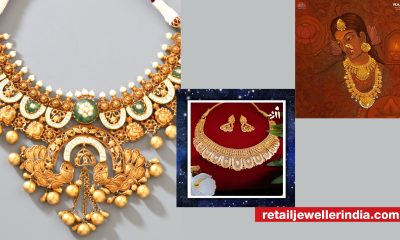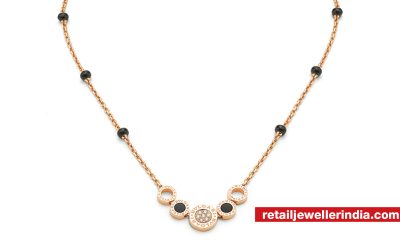RJ Market Watch
Gold jewellery may not be as pure as sellers promise: MMTC-PAMP
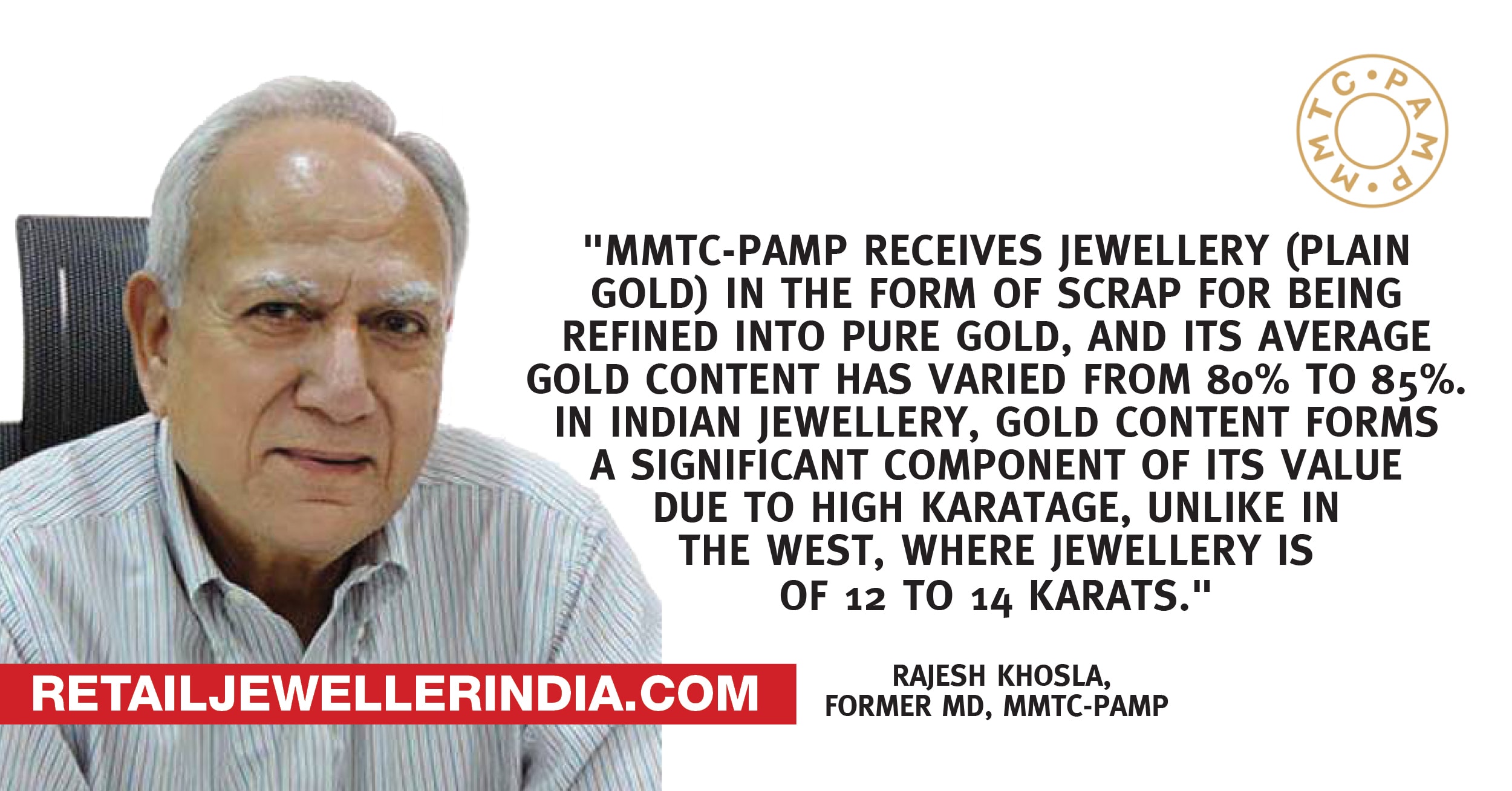
NEW DELHI: The glittering gold jewellery that has burnt a hole in your pocket may not be as pure as the seller had promised, the country’s leading gold refiner has alleged. According to MMTC PAMP, the scrap gold that the company gets for refining often contains 15-20% less gold than what 18 to 22-carat gold jewellery should have.
“MMTC-PAMP receives jewellery (plain gold) in the form of scrap for being refined into pure gold, and its average gold content has varied from 80% to 85%,” said Rajesh Khosla, MD, MMTC PAMP.
Khosla said Indian jewellery buyers still face a challenge on gold content. “In Indian jewellery, gold content forms a significant component of its value due to high karatage, unlike in the West, where jewellery is of 12 to 14 karats,” he said, adding that with making charges levied separately, assurance on its gold content becomes important.
The BIS, which plans to issue a unique ID number for every hallmarked item—a move that will help curb duplication and aid in traceability, said the problem is rife. BIS director-general Sunil Soni said that “18%-20% of items picked from the market for random sampling have lower gold content than what is marked or don’t conform to standards”.
According to Soni, the percentage was higher and they were aiming to reduce it. “Earlier, we had powers to cancel the licence of a jeweller or hallmarking centre. But that was not enough. Now we are also imposing a penalty equal to three times the difference of in gold content that will be paid to the customer,” he said.
MMTC PAMP’s Khosla pointed out that consumers don’t face a similar problem when they buy gold jewellery in Dubai, as penalties there for a wrong declaration are huge. As per BIS data, there are 13,000 licensed jewellers, who account for close to 26 million gold jewellery items sold in the country annually.
Customers have also pointed that to guarantee consistency in gold purity across an ornament, soldered joints and links should also be made of gold, and not cadmium, as is the current practice. On his issue, Soni said they were looking to move jewellers from using cadmium to gold.
Further, Khosla pointed that the assay and hallmarking system was based on statistical sampling, which means it was fallible. “The only nondestructive method is to assay the specific piece of jewellery with samples taken from different locations across the piece, then assaying the collective sample and using that result as representative of that piece only,” he said.
“Most jewellers shy away from such intense scrutiny, and even if one was to persuade them, where is the assay centre that will do so? All of this is a tedious process, but that is why it is always a case of ‘buyer beware’ when buying Indian jewellery.”

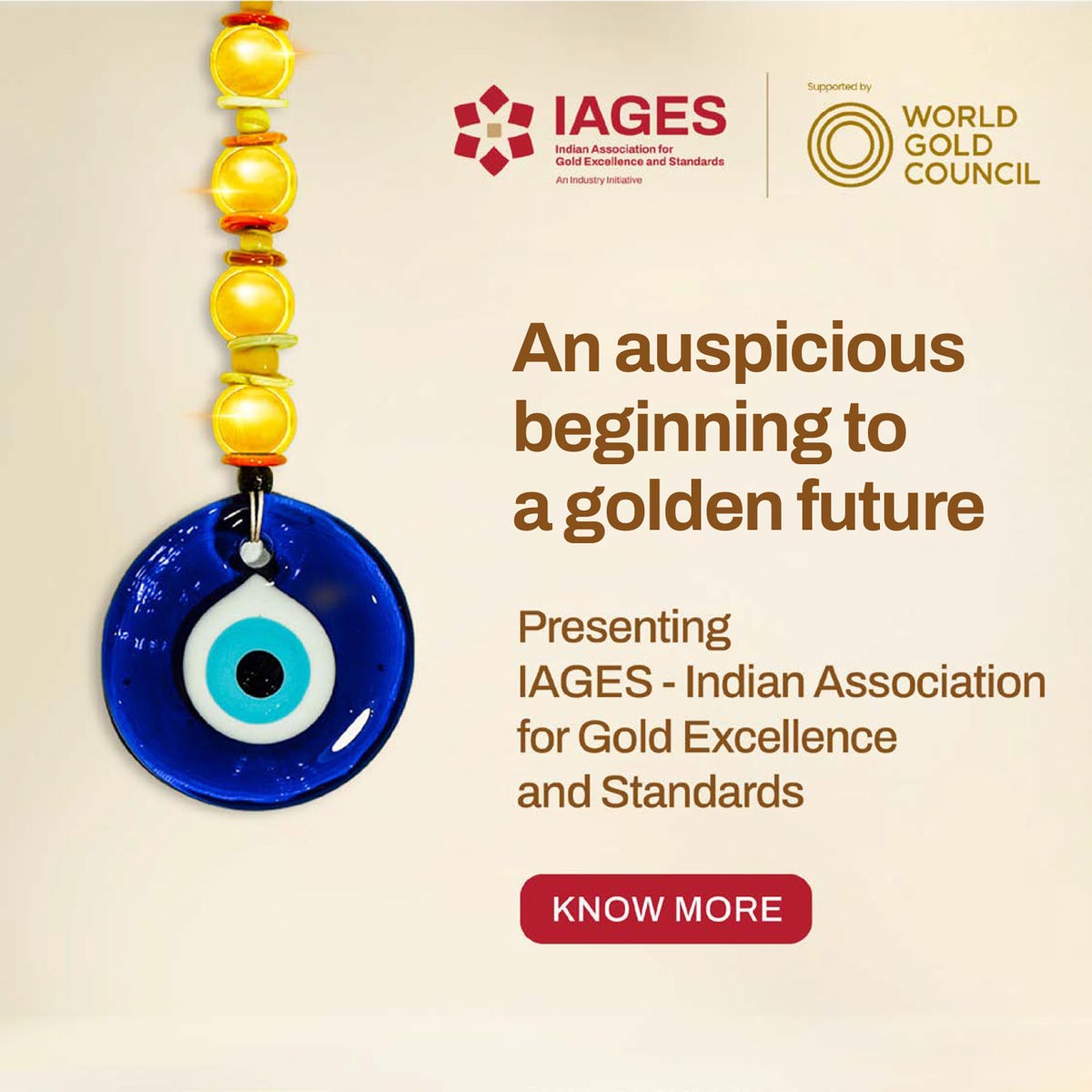
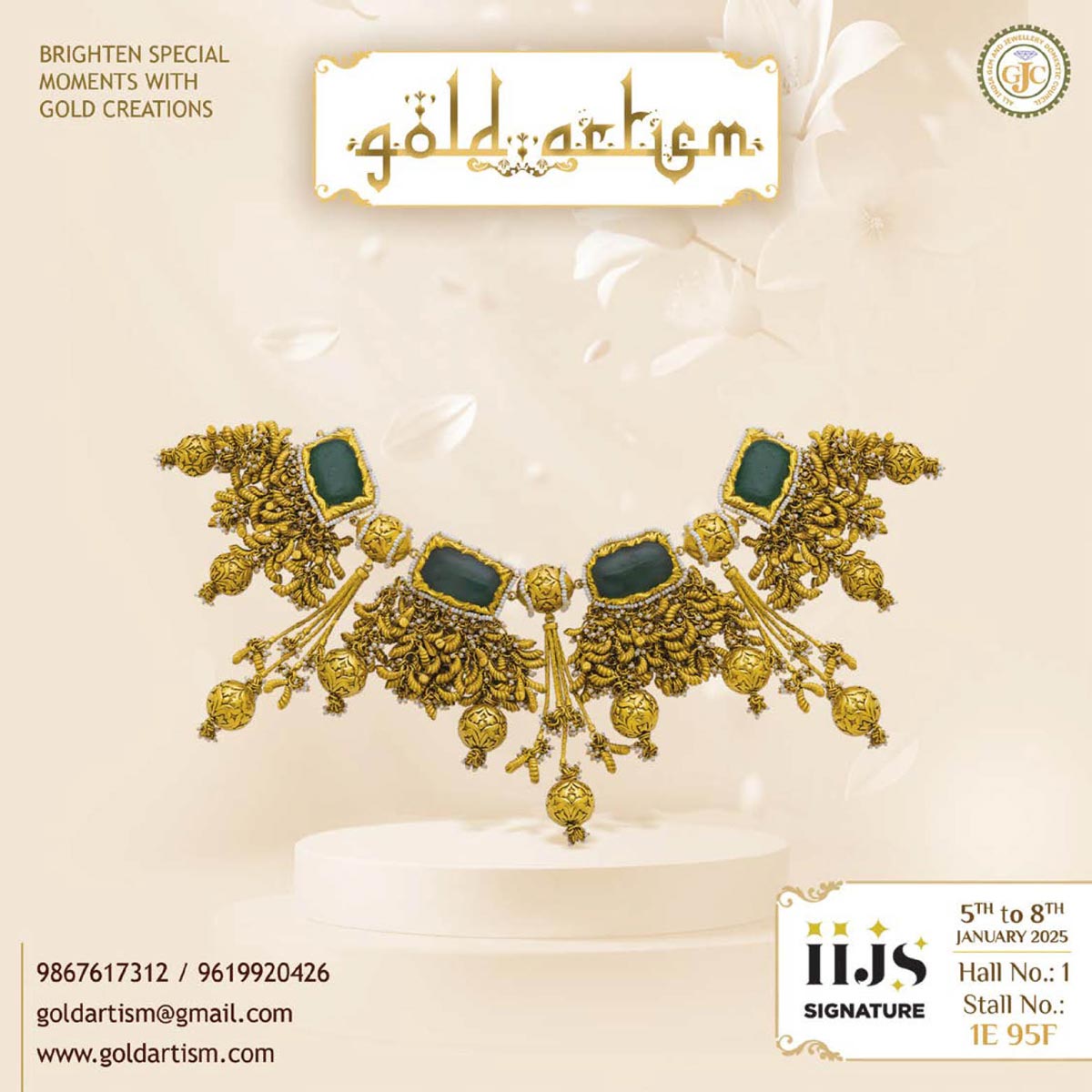

 Daily News2 months ago
Daily News2 months agoBvlgari adds designs to its pathbreaking mangalsutra collection ahead of wedding season

 Daily News1 month ago
Daily News1 month agoTrent, a TATA subsidiary, launches lab-grown diamond brand ‘Pome,’ shares surge 7.67%

 Daily News2 weeks ago
Daily News2 weeks agoMalabar Gold & Diamonds launches ‘Heritage Show’ in Mangalore, featuring jewellery inspired by Maharanis

 Daily News3 weeks ago
Daily News3 weeks agoSavji Dholakia’s visionary water conservation project ‘Bharatmata Sarovar’ reinforces commitment to sustainability






